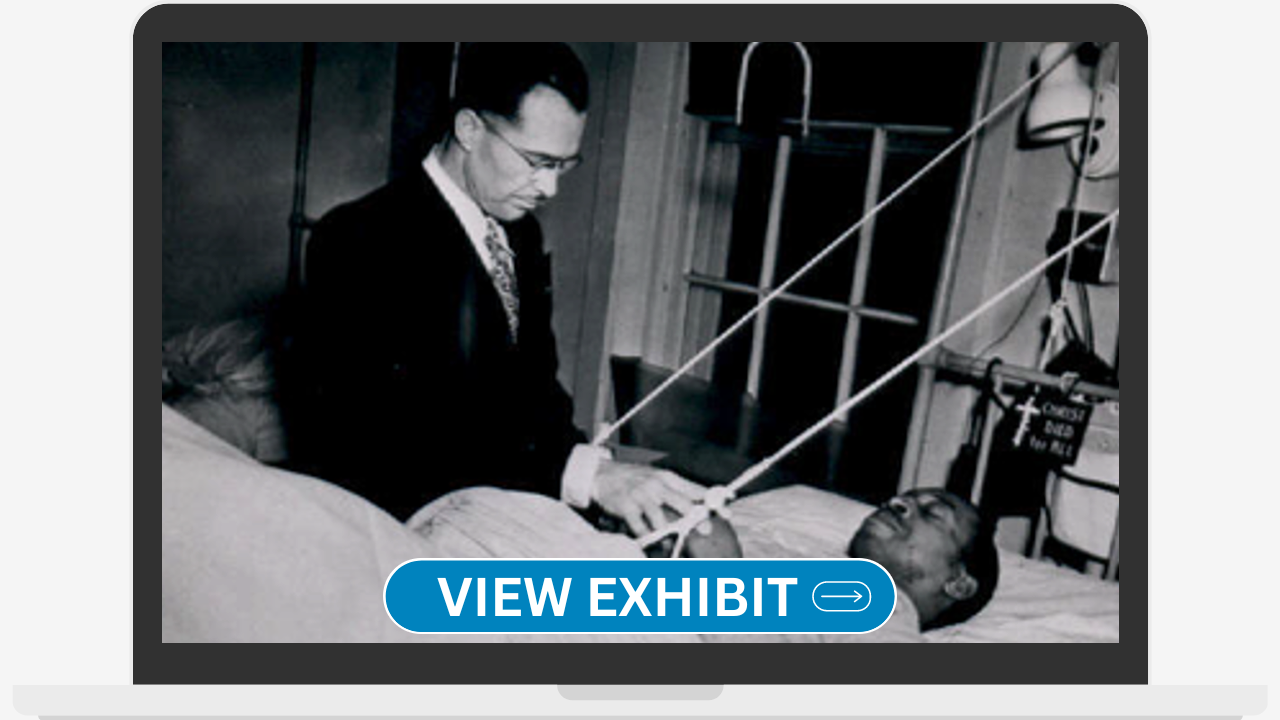The COVID-19 Pandemic changed the course of life for the American public and the Nation’s medical system. Nowhere was this truer than in the Veteran’s Health Administration (VHA).
The Veterans Health Administration (VHA) is the largest integrated health care system in the United States, providing care at 1,293 health care facilities, including 171 VA Medical Centers and 1,112 outpatient sites of care of varying complexity (VHA outpatient clinics) to over 9 million Veterans enrolled in the VA health care program.
From the earliest stages of the pandemic in January 2020, VHA began monitoring the development of COVID-19 and prepared to respond to it if and when it became a national issue. Planning activities quickly ramped up by the end of January and by early February, COVID-19 and related preparations became the focus of VHA.
In March 2020 as the first wave of the pandemic hit the United States, a VA COVID-19 Response Plan was created and approved. The stated primary purpose of the COVID-19 Response Plan was to “protect Veterans and staff from acquiring COVID-19 by leveraging technology, communications as well as using dedicated staff and space to care for COVID-19 patients.” The COVID-19 Response Plan provided VA medical centers and networks a framework for adapting health care operations.
Many of the artifacts displayed in this exhibit were innovations created by VA staff during the pandemic, some of which are still in use today. To preserve these innovations from across the organization, the VA History Office (VAHO) created a SharePoint site where VA employees could submit their COVID-19 items for consideration. Collecting was not limited to objects, but included devices, materials, ephemera, personal accounts and documents. The site was instrumental in forming the basis of the VAHO COVID-19 collection which is currently stored at the National VA History Center in Dayton, Ohio.
Check out the “Training the next generation of history professionals is a win win” Curator Corner post to learn more about the interns who worked on this project and how it came together.
Additional credit to Amy Ackman, VA History Office Intern, Wright State University, Katie Pittman, Special Projects Detail to the VA History Office from VHA, Curtis Yun, VA History Office Intern, Georgetown University
By Olivia Grace Holly-Johnson, Virtual Student Federal Service Intern, Veterans Health Administration, with Katie Rories, Historian, Veterans Health Administration
Share this story
Related Stories

Exhibits
To Bring Light to Where There is Darkness: VA Chaplains and Religious Artifacts from the National VA History Center
For more than 150 years, VA chaplains have served Veterans with care and compassion, proving that they are indelible to the fabric of Veterans' health. Objects in this exhibit, housed in the National VA History Center (NVAHC), help tell the story of chaplaincy’s enduring presence and its profound impact on Veteran care.

Exhibits
VA Research at 100: A Century of Medical Advancements
In 1925, 100 years ago, the Veterans Bureau initiated the first hospital-based medical research studies to address Veteran-specific issues like mental health, tuberculosis, cancer and toxic exposure. The program has since made significant medical breakthroughs and innovations, impacting the world.

Exhibits
Adaptive Exhilaration: Equipment from the National Disabled Veterans Winter Sports Clinic
In 2024, the National Disabled Veterans Winter Sports Clinic, hosted by the Grand Junction VA Medical Center and co-presented with Disabled American Veterans, will donate adaptive ski equipment from the early years of the event to the National VA History Center in Dayton, Ohio. The clinic started in 1986 when VA established it and then held the the inaugural event at Powderhorn the following year. The clinic welcomed approximately 90 Veterans from 27 states, bolstered by a volunteer staff of about 20. Despite skepticism from many health professionals of the era, the clinic underscored the importance of physical activity for persons of all abilities.
This exhibit includes multiple items that were used at the early clinics, which are finding a new home at the National VA History Center.



